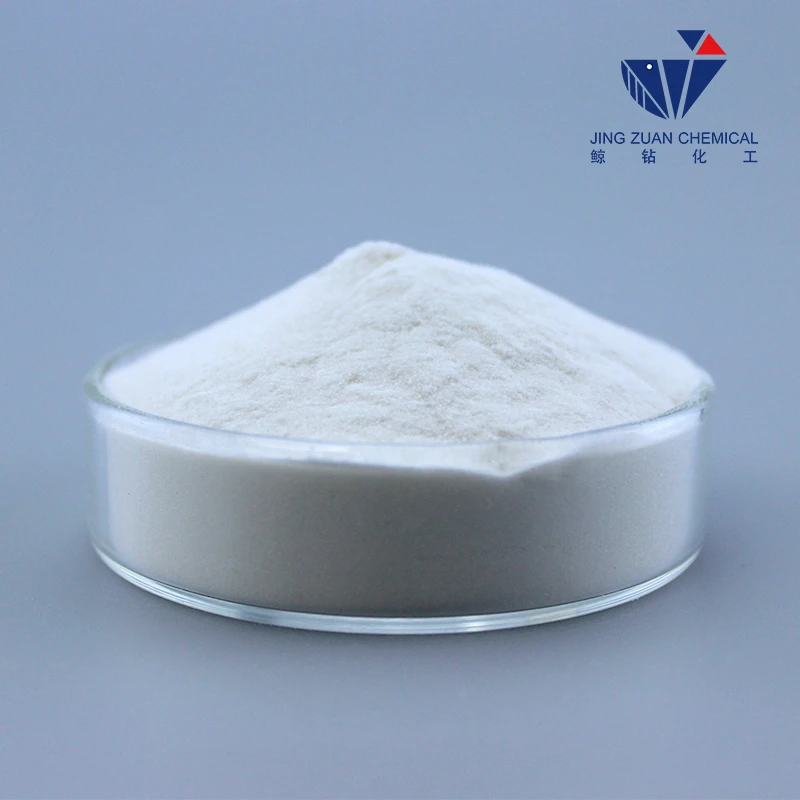
Dec . 07, 2024 09:45 Back to list
hpmc-hydroxypropyl methyl cellulose factory
HPMC (Hydroxypropyl Methyl Cellulose) Factory A Comprehensive Overview
In the world of modern industry, the demand for versatile and efficient materials has led to the rise of compounds like Hydroxypropyl Methyl Cellulose (HPMC). This cellulose derivative plays a critical role in various applications, ranging from pharmaceuticals to construction, and its production is a meticulous process carried out in specialized factories around the globe. Understanding the intricacies of HPMC production and its importance can provide valuable insights into its widespread use.
What is HPMC?
Hydroxypropyl Methyl Cellulose is a non-ionic, water-soluble polymer derived from cellulose, a natural polymer sourced from plant cell walls. It is created through a chemical process where hydroxypropyl and methyl groups are introduced into cellulose chains, resulting in a compound that possesses unique properties. These properties include enhanced solubility in water, improved film-forming capabilities, and excellent thickening and binding characteristics. As a result, HPMC is widely utilized in various industries, including pharmaceuticals, food, cosmetics, and construction.
The HPMC Manufacturing Process
The production of HPMC involves several critical steps that ensure the final product meets the required specifications.
1. Raw Material Sourcing The primary raw material for HPMC production is cellulose, typically sourced from wood pulp or cotton. The quality of cellulose significantly affects the properties of the final HPMC product.
2. Alkali Treatment The cellulose is first treated with an alkali solution to swell the fibers and facilitate further chemical reactions. This step is crucial in preparing the cellulose for etherification.
3. Etherification Reaction When the cellulose is treated with propylene oxide and methyl chloride in a controlled environment, the alkylation process occurs, introducing hydroxypropyl and methyl groups into the cellulose structure. The ratio of these reagents controls the degree of substitution, thus affecting the properties of the resulting HPMC.
4. Neutralization and Purification After the etherification process, the HPMC solution is neutralized and purified to remove any residual chemicals and by-products. This step ensures that the final product is safe and suitable for use in various applications.
hpmc-hydroxypropyl methyl cellulose factory

5. Drying and Milling The purified HPMC is then dried and milled into a fine powder. This powder is versatile and can be tailored to specific particle sizes depending on the intended application.
6. Quality Control Rigorous quality control measures are implemented at each stage of the production process. These measures include testing for viscosity, solubility, and other critical parameters to ensure that the HPMC produced meets industry standards.
Applications of HPMC
Due to its unique properties, HPMC finds application across diverse sectors.
- Pharmaceutical Industry HPMC is extensively used as a binding agent in tablet formulations, as well as a thickener in liquid medicines. Its ability to form gels enhances drug delivery mechanisms, improving bioavailability.
- Food Industry In food processing, HPMC acts as a thickening agent, stabilizer, and emulsifier. It is commonly found in sauces, dressings, and gluten-free products, where it helps improve texture and moisture retention.
- Construction In the construction industry, HPMC is used in cementitious and tile adhesives, providing workability and water retention. It enhances adhesion, improves open time, and contributes to the overall durability of construction materials.
- Cosmetics and Personal Care HPMC serves as a thickener and stabilizer in hair products, lotions, and creams, enhancing the sensory feel and performance of cosmetic formulations.
Conclusion
The production of Hydroxypropyl Methyl Cellulose is a critical process that supports a myriad of industries due to its versatile properties. HPMC factories are instrumental in meeting the growing demand for this valuable compound, ensuring that high-quality, safe, and effective products are available to manufacturers across the globe. As technology advances and new applications for HPMC are discovered, the importance of efficient production methods will only increase, making HPMC a key element in the future of various industries.
-
Versatile Hpmc Uses in Different Industries
NewsJun.19,2025
-
Redispersible Powder's Role in Enhancing Durability of Construction Products
NewsJun.19,2025
-
Hydroxyethyl Cellulose Applications Driving Green Industrial Processes
NewsJun.19,2025
-
Exploring Different Redispersible Polymer Powder
NewsJun.19,2025
-
Choosing the Right Mortar Bonding Agent
NewsJun.19,2025
-
Applications and Significance of China Hpmc in Modern Industries
NewsJun.19,2025







